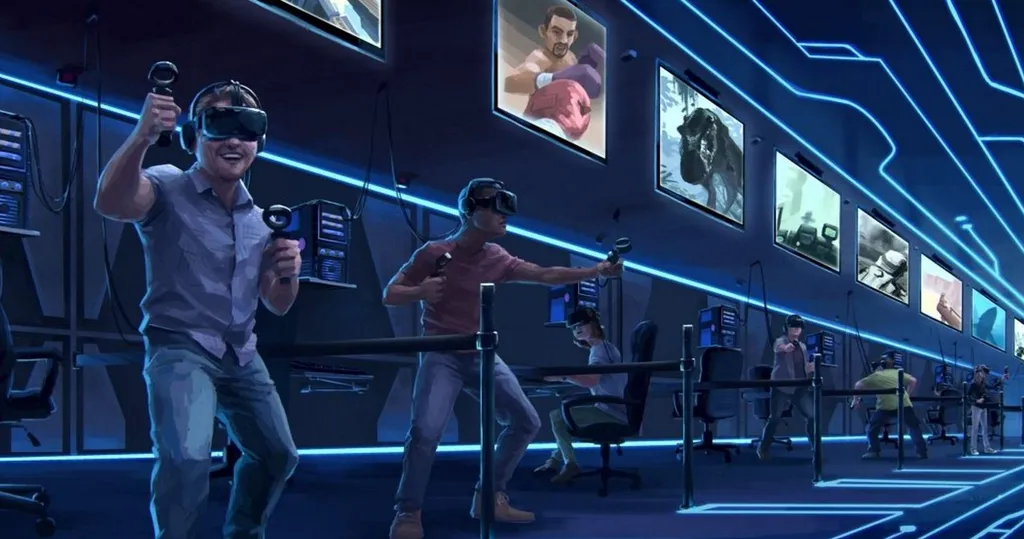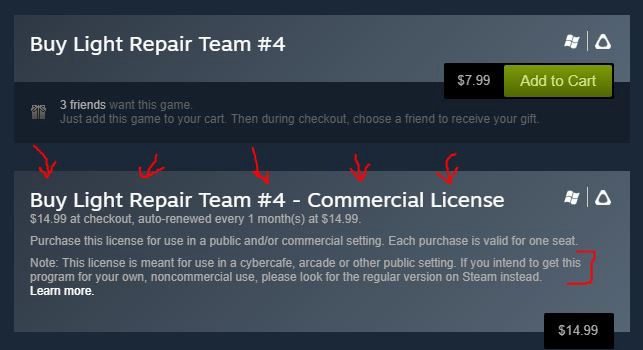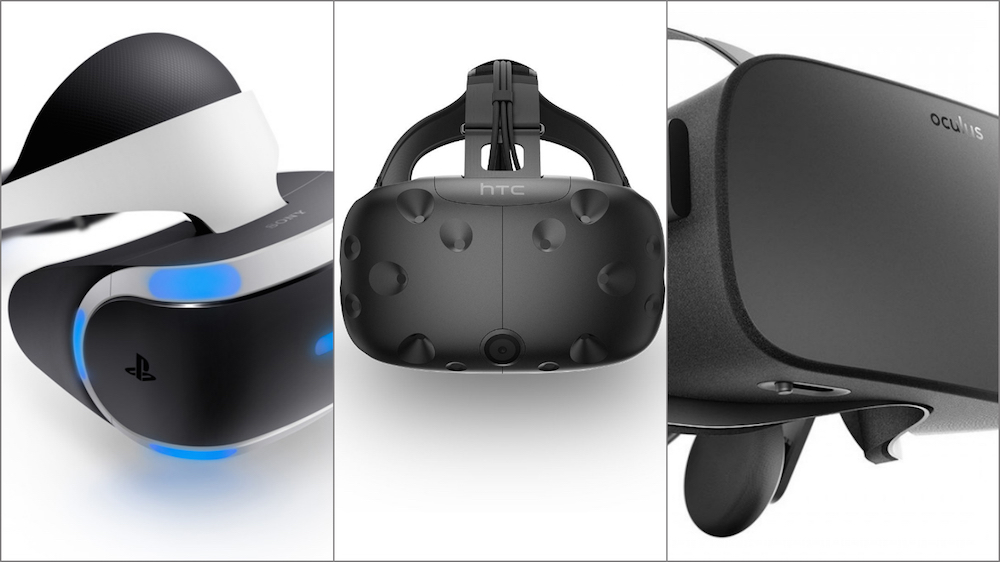With the growth of VR over the past 16 months, we’ve also seen the growth of VR arcades. Places where people can go, pay some cash, and rent a VR headset for set amount of time and play a library of games — hearkening back decades to the arcades of old. They’re still young and growing, but there is promise for VR arcades.
So, if you’re the type of person who wants to jump in on the VR arcade ownership action, this is a quick run down for you. Developers! Read this too, as there are things you should be doing as well! It will not cover what types of games to put in your arcade — that is for you, the arcade owner, to decide. This will however, go over things that you may not know, or things that you should absolutely do if you’re an arcade owner and want to properly use games with your arcade.
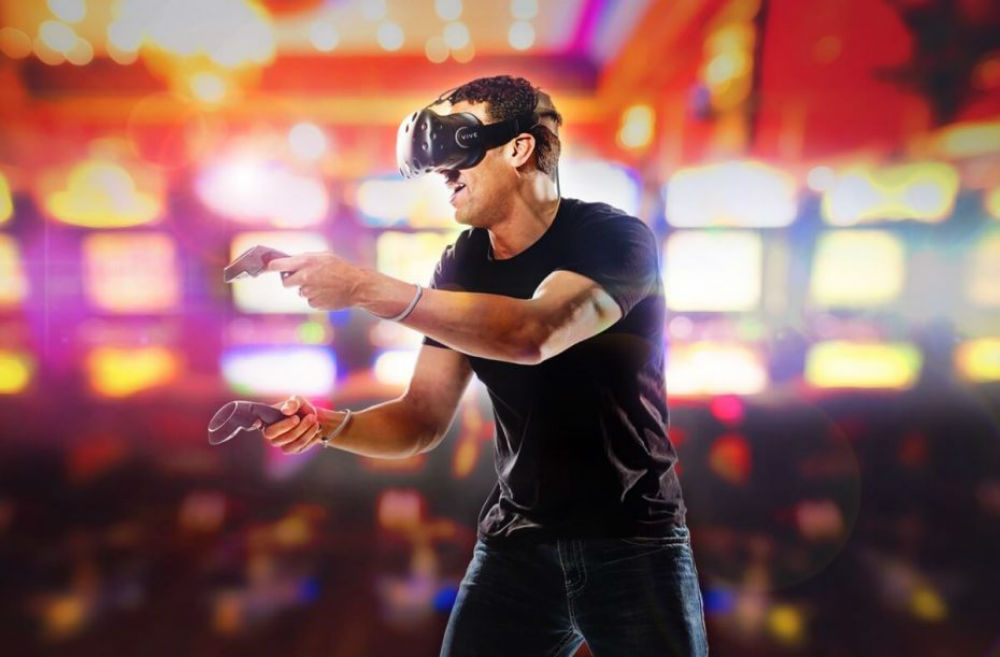
First Contact
If you see a game you want to include in your VR arcade’s game library the first thing you should is contact the developer. Please note that I didn’t say “attempt” to contact the developer. If you want to use a game or experience in your VR arcade, you must absolutely contact the developer to first make sure that is okay, and secondly to put together a proper agreement for commercial use.
You should know that buying a game on Steam does not mean that you can use the game commercially. You need the developer’s permission. Here is the language from the rom the Steam Subscriber Agreement:
Regular versions of the game (which are all versions on Steam unless otherwise stated) do not allow for commercial use of the game. We’ll get to that in a minute. But you absolutely need to get in contact with the developer before using their game — you can do this through Twitter, Facebook, sending emails, whatever works. Do whatever you can . And if you don’t hear back from them, you still cannot use their game. There is one exception which I’ll again get to in a minute.
One plus side of contacting developers is if you’re starting a VR arcade and want to use a game — developers will often help create an arcade ready version of the game for you if they don’t have one already — something that is easier for your users and more conducive to an arcade environment.
Note to Developers: On your game’s Steam page, Twitter, Facebook page, etc. you should have contact information clearly listed. People do want to contact you — make sure they can do so easily. If you want to avoid bots getting your email, present your email as <email name> at <email provided> dot com. So, for example our company’s would be shown as “EerieBearGames at gmail dot com” — this confuses bots so they don’t start spamming you. This is also useful so press can contact you.
Proper Permission
Once you’ve made contact and begun a conversation with a developer you next need to get permission to commercially use the product(s) they created. The most preferred way to do this is to offer the developer a licensing agreement. Essentially, it’s a legal document that the developer will sign that gives you certain rights to the product, in return for some monetary fee.
If you come to the developer with the paperwork, they’re usually much more likely to accept the agreement than if you come to them without paperwork. Most VR developer teams (due ti their relatively small size in most cases) don’t have licensing agreement paperwork handy so coming to them with your own is just better. We’ll negotiate from there.
Now, I did mention that there is usually a fee tied to using a game commercially. For arcade owners, there’s a few types of things you can offer to a developer.
Steam Site License (Formally a Cafe License)
Again, like I said earlier— buying a regular version of a game off Steam is not the one you should be using for commercial use and is against the Steam Subscriber Agreement. Games that have commercial licenses available through the Steam Site Licensing program, will have a second option, similar to the one below .
This is what we use for Light Repair Team #4:
On the top, you have the regular license. That is what you’d buy to play at your home. Below that, is our commercial license. On Steam, this is a monthly recurring cost that allows you to use the licensed game in your arcade per seat — which is usually one HMD at a time.
Developers love this because it brings us the most cash. Normally, the license is roughly twice the usual cost of the game (like above), but the price of the commercial license is set by the developer. This can, though, be costly for VR arcades. If you have 10 stations, that’s 150 dollars a month for one single game.
The plus side of this is you don’t really need to contact the developer when you use the commercial license. You still should however, so that we know you’re legit. We can’t see who or where our commercial licenses go to. If you buy a commercial license, drop a line to the developer saying, “Hey, we’re using your game via the Steam Site Commercial License. Our Arcade is ____” this just lets us know that you’re not using our game without permission. It’s just common respect and saves everyone some headaches down the line.
Developers: You can sign your game up for the Steam Site Licensing Program by contacting Valve directly. More info on that here.
Monthly License Fee (Outside Steam)
Sometimes, you can negotiate a different price for a monthly license. Again, you’d do this once you contact the developer. Most of the time though, don’t be surprised if they tell you just to use the Steam license.
Pay Per Minute Played Per Month (PPMPPM)
This is one of the more common payment methods that I’m seeing VR arcades use. The arcade would have a system in place to track how long a title was played across all of the arcades machines, in minutes. They then pay you some rate based on minutes played over a month period (or whatever negotiated period). So, for example, if a game was played for 1,000 minutes across all machines at an arcade in a whole month, at a rate of $.04 per minute, that’s $40 you’d pay to the developer at the end of the month. It’s not a lot of money to the developer in most cases, but it’s cheaper for you as the arcade owner, especially if a game isn’t hugely popular.
For best results (and by that I mean, you should do this) — the arcade tracks the amount of time played, and again, comes forward with the licensing agreement paperwork. Do not ask developers to add your arcade Steam accounts as a friend on Steam and then keep track of the hours played. That’s a very easy way for us to not agree to working with your arcade. We’re busy enough as-is trying to make games and do other work, we don’t have time to keep track of your arcade.
I know some developers who don’t like this method (because it isn’t a lot of cash to developers) — so again don’t be surprised if you get pushed to use the Steam Commercial license they have set up.
Lifetime Licenses
Don’t ask for these. Ever. Every developer I know who gets emails asking for a lifetime license, immediately deletes the email with no response. They make you look unknowledgable, greedy and frankly pretty dang stupid. Don’t ever offer a lifetime license. Ever.
Developers: Don’t ever accept these. Period.
It’s also been pointed out to me that managing multiple licenses can be expensive on the legal side of things. Especially if you are selling your arcade to another owner, etc. Before creating your own licensing agreement, you should consider this!
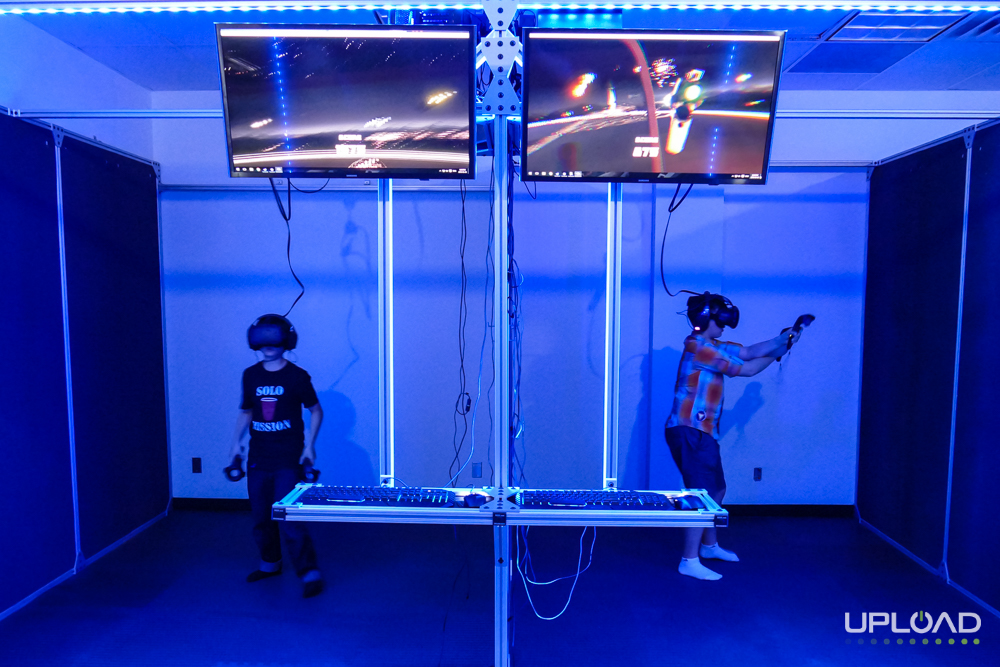
After Agreement
No matter what you’re agreement is — you should stay in contact with your developers. Report any feedback that customers might have, or how well the game is doing at the arcade. Most developers lover to hear this type of stuff. If you keep track of how long the game is played — definitely tell the developer that too. You should do that anyways if you’re doing a pay-per-minute-played-per-month licensing agreement.
Don’t go silent. We want to know what’s going on!
Closing Thoughts
If you’re planning to open an arcade, know that you’re going to need to pay the developers of the games you’re using. If you can’t get in contact with them — don’t use their game. It’s that simple. It’s against the Steam Subscriber agreement and could probably have some action taken against your accounts. Developers talk to each other, we know which arcades are not paying their developers and using games without permission. Not doing it properly only creates a bad reputation for you. It’s not healthy for the VR industry either.
If you have questions about how to manage developer relations while hosting an arcade, you’re free to DM me on Twitter or email me your question. I want to see VR Arcades succeed, but only if they’re doing things properly. Arcades are meant to be fun places to go and relax. Don’t make it stressful for yourself!
Disclaimer: This article is purely informative from the point-of-view of a VR developer and should not be taken as a substitute for actual legal advice. Seeking proper legal counsel is still recommended.
This article is a contributed guest post by VR developer Joe Radak. It originally appeared as a blog post here and has been republished on UploadVR, including slight grammar and style tweaks, with the author’s permission. You can follow him on Twitter here for more VR and game development insights.

